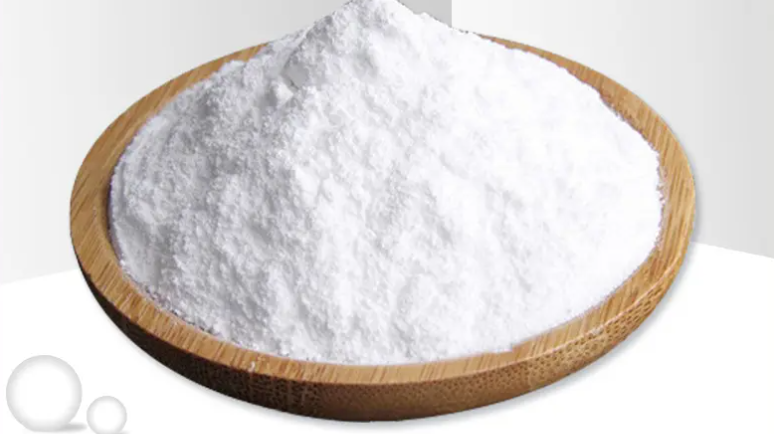Boric Acid
Boric is extensively used in the glass industry, including optical glass, acid-resistant glass, heat-resistant glass, and glass fiber for insulating materials, to improve the heat resistance, transparency, and mechanical strength of glass products, as well as shorten their melting time.
Detailed Description
Boric Acid
Chemical Formula:H3BO3
Boric acid is an odorless white powder-like crystal or a triclinic pinacoid flaky glossy crystal, with a slippery feel. It is soluble in water, alcohol, glycerol, ethers and essential oils, and its aqueous solution is weakly acidic. It is extensively used in the glass industry, including optical glass, acid-resistant glass, heat-resistant glass, and glass fiber for insulating materials, to improve the heat resistance, transparency, and mechanical strength of glass products, as well as shorten their melting time.

Purposes of Boric Acid
Boric acid is the basic raw material for the production of borides and borates.
It is widely used to produce high-grade glass and glass fibers such as optical glass, acid-resistant glass, organic boron glass, etc. in the glass industry.
It is used to produce glazes in the ceramic and enamel industries, as well as metallurgical additives and fluxes.
It is used to produce disinfectants, astringents, preservatives and boric acid ointments in the pharmaceutical industry.
It is used as a fire retardant finishing agent for fabrics in the printing and dyeing industry.
It is used for the deliming of limed leather surfaces in the leather industry.
It is used to produce boric acid medicated soaps and pH regulators in the cosmetics industry.
Also, it can be used as a wood preservative, insecticide, catalyst, anti-mildew agent, and as a tackifier for starch glue. Furthermore, it is suitable for preparing buffer solutions and is widely applied in industries such as electronics, rare metal smelting, photography, artificial gemstones, and others.

